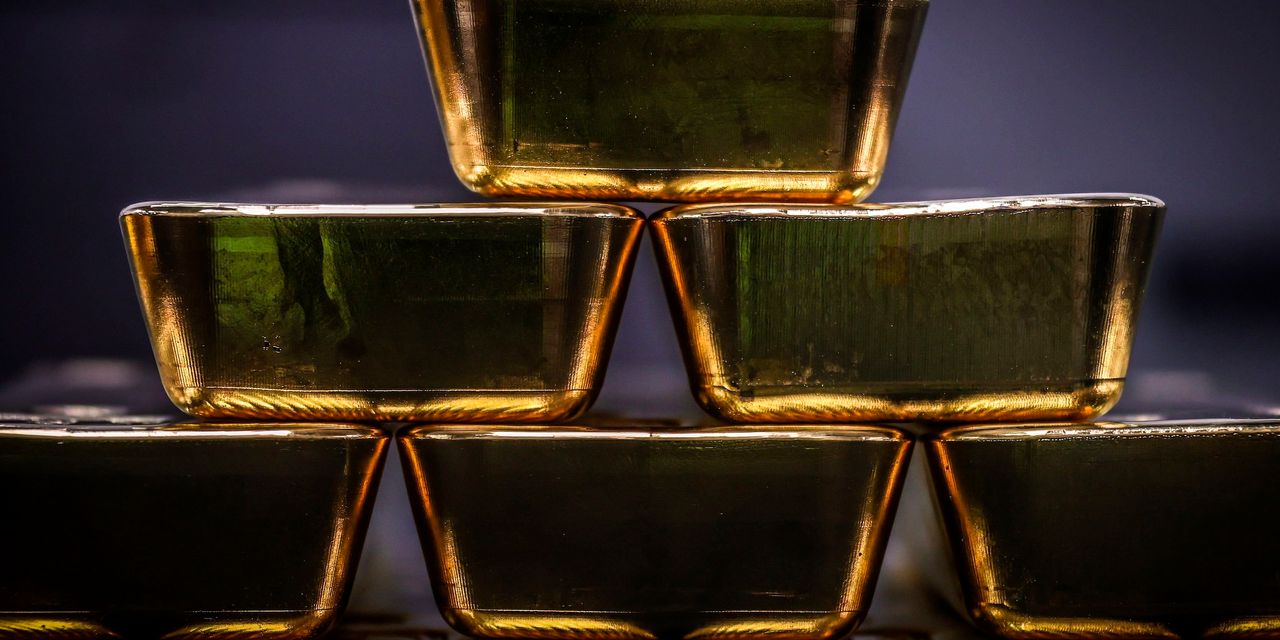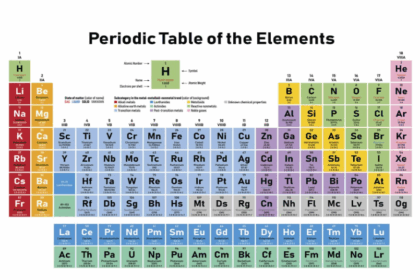
Inflation shot higher in 2021. Gold didn’t.
Despite consumer prices that surged to a nearly four-decade high in November, gold is on pace to end the year with its largest decline since 2015, disappointing investors who bet the metal would cushion their portfolios from inflation.
Most-actively traded gold futures have fallen roughly 4.3% to around $1,814.10 a troy ounce in 2021, dragged lower by investors’ expectations for the Federal Reserve’s response to price increases. An accelerated pace of monetary tightening likely means increased competition from yield-bearing assets like bonds.
Investors prize gold as a stable store of value and often use it as protection against swings in stocks or consumer prices. But it offers no income, so it tends to struggle when rates rise. Recent signals from the Fed have spurred wagers that the central bank will act aggressively to cool inflation. That has driven the yield on the two-year Treasury, which typically climbs when investors expect tighter central bank policy, to its highest levels since the early pandemic.
The fall comes from record territory, after worries about rebounding coronavirus cases helped send prices to a high around $2,050 in August 2020. Gold has slid about 12% since. Prices climbed to five-month highs in November, after data showed surprisingly persistent inflation, but expectations that Fed policy would rapidly slow inflation have helped keep gold in a relatively narrow range around $1,800.
SHARE YOUR THOUGHTS
Do you include gold in your investment portfolio?
Gold’s lackluster performance—during a year where other commodities have skyrocketed and the S&P 500 has climbed to 70 records—raises worries of greater challenges ahead. The Bank of England in December became the first major central bank to increase rates since the pandemic started.
“Theoretically on paper, this should have been an exceptionally strong environment for gold prices, yet they are ending the year lower than where they started,” said Chris Vecchio, senior strategist at DailyFX. “I’m really hard-pressed to think that if gold prices couldn’t rally significantly in 2021, how will things look better henceforth?”
The decline has pressured mining stocks. The VanEck Gold Miners ETF is poised to end the year down 12%, while the S&P 500 has gained 27%. U.S.-listed shares of Barrick Gold Corp. fell 17%, while Colorado-based Newmont Corp. gained 2.8%. Shares of miners tend to be more volatile than gold prices themselves.
Some analysts said the cryptocurrencies craze may also be hurting gold. Some crypto backers tout bitcoin as an inflation hedge, though it suffers constant volatility and hasn’t been tested during any prolonged downturns or inflationary episodes. Mr. Vecchio recommends investors pare down their gold holdings to 3% of their portfolios from 5% and allocate the 2% to cryptocurrency instead.
Wade Guenther, partner at Wilshire Phoenix, expects gold will trade in between $1,700 and $1,775 throughout most of 2022. He thinks rising rates will likely strengthen the dollar, which could hurt gold by making it more expensive for buyers outside the U.S.
“With interest rates, inflation and the dollar, we kind of expect returns for gold will be somewhat muted through the entirety of next year,” said Mr. Guenther.
Write to Hardika Singh at [email protected]
Copyright ©2021 Dow Jones & Company, Inc. All Rights Reserved. 87990cbe856818d5eddac44c7b1cdeb8








